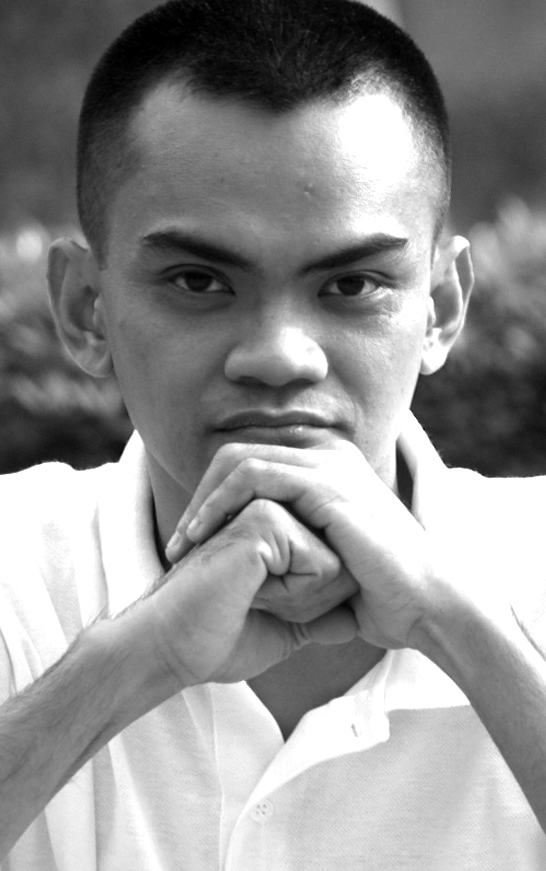
Radel Paredes
Inside the huge glass cage, it looks like some monstrous creature’s spine with some of its ribs missing. That’s what struck me when I recently saw what remains of the wooden balangay, the precolonial native boat found jn a dried up river channel in the outskirts of Butuan City in Northern Mindanao.
About 15 meters long, and built entirely of wood fastened together using only pins, dowels and plant fiber ropes, Butuan’s sailboat was carbon dated to have been around since 320 CE to 1200 CE. About ten of these have been found by archaeologists in Butuan since 1976, The most recent find is a balangay that is about 25 meters long. Archaeologists have called it the “mother boat”.
The two branches of the National Museum in Butuan now display the balangay, among other artifacts, like boat coffins and deformed skulls that were found along with the boat’s remains.
It was Antonio Pigafetta, the Italian chronicler of the Magellan expediition, who first mentioned the balangay when they encountered natives using them in the island of Mazaua (now believed to be Limasawa in Southern Leyte) where they first held a mass upon arriving in the Philippines in 1521. The brothers Rajah Siaiu and Rajah Colambu, who ruled Mazaua and Butuan, respectively, befriended Magellan and told him about Cebu, which they described to be a prosperous community where they could get more provisions.
The two kings then boarded their balangays to guide the Spanish galleons to Cebu, where Magellan would meet Rajah Humabon, who is a friend of Rajah Siaiu and Colambu. We know what happened to Magellan and his crew in Cebu thereafter.
Pigafetta was impressed by the speed and agility of the Balangay and the navigational skills of the natives. It was obvious that the Filipinos at the time were seasoned sailors who knew the ebbs and tides, the flows and currents of the sea, and the direction of the winds.
This is not surprising as the balangay has been around for centuries before the Spaniards saw them in the 16th century. In fact, during precolonial times, Butuan was already an active trading post, a Rajanate or kingdom when much of the Philippines was still part of the Sanskrit Majapahit Kingdom based in Indonesia.
Another proof that precolonial natives were exposed to Hinduism or were practicing it was the discovery in a town in Agusan del Sur of the Golden Tara, a 1.79 kilogram, 21 carat gold image belienved to be that of the Sivaite goddess.
It is not clear whether the gold image is produced locally by native goldsmiths (jewelry making and metal craft being already an advanced and lucrative industry before the Spaniards came) or if it was brought here from neighboring countries, where Butuan and other precolonial cities in the Philippines had active trading with.
But the Golden Tara is a significant national treasure as it points to our Sanskrit past. Butuan has claimed it as a local icon, erecting a monument topped by an enlarged replica of the Hindu goddess. Unfortunately, the original gold image has remained in the Field Museum of Chicago. The Americans have refused numerous requests by the Philippine government for it to be returned as it is an important artifact from our precolonial past.
Today, we can only imagine how treasures like the Golden Tara were once only part of the usual cargo loaded into seemingly frail plank boats of native Filipinos as they skillfully rode the waves to wherever the winds and hopes of good fortune brought them.
Disclaimer: The comments uploaded on this site do not necessarily represent or reflect the views of management and owner of Cebudailynews. We reserve the right to exclude comments that we deem to be inconsistent with our editorial standards.




